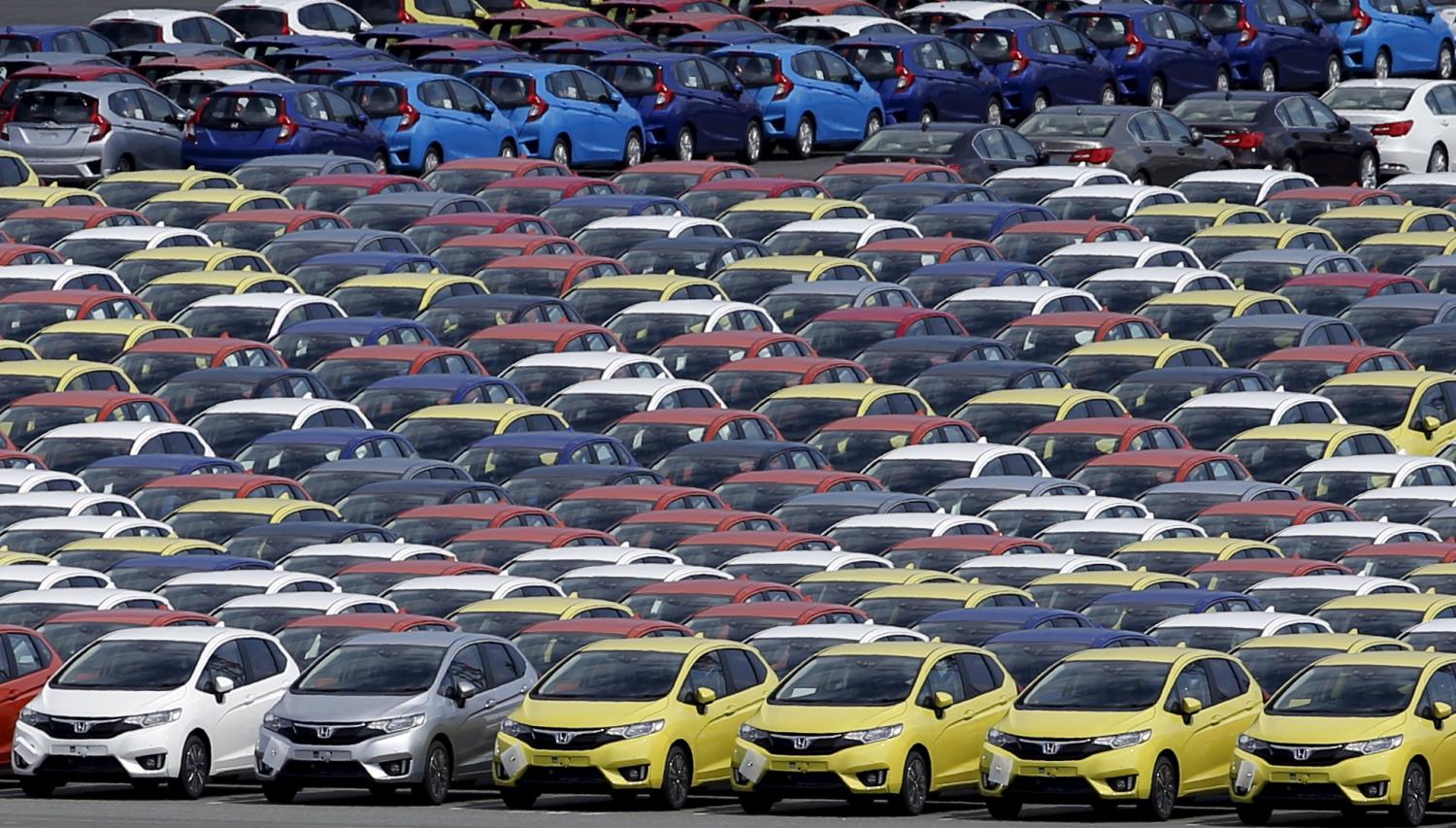Global value chains (GVCs) break up the production process so different steps can be carried out in different countries. Many smart phones and televisions, for example, are designed in the United States or Japan. They have sophisticated inputs, such as semiconductors and processors, which are produced in the Republic of Korea or Chinese Taipei. And they are assembled in China. They are then marketed and receive after-sale servicing in Europe and the United States. These complex global production arrangements have transformed the nature of trade. But their complexity has also created difficulties in understanding trade and in formulating policies that allow firms and governments to capitalize on GVCs and to mitigate negative side effects.
Today’s official statistical information systems, designed to measure economic activity in a pre-GVC world, have struggled to keep pace with these changes. Conventional measures of trade, important though they remain, measure the gross value of transactions between partners and so are not able to reveal how foreign producers, upstream in the value chain, are connected to final consumers at the end of the value chain. For example, conventional statistics suggest that the Republic of Korea exports a lot to China. In fact, much of this trade consists of components that are ultimately destined for the European and U.S. markets. So it would be more accurate to say for these products that Korea exports a lot to advanced consumer markets.
The importance of the GVC phenomenon has stimulated researchers to develop statistics and analysis based on the value added in trade. The GVC phenomenon also demands that researchers analyze the discrete tasks or phases in the production process. Data are now available on the value added traded among major economies during 1995–2014. This first Global Value Chain Development Report draws on the expanding research that uses data on the value added in trade. Its main objective is to reveal the changing nature of international trade that can be seen only by analyzing it in terms of value added and value chains.
The Brookings Institution is committed to quality, independence, and impact.
We are supported by a diverse array of funders. In line with our values and policies, each Brookings publication represents the sole views of its author(s).









